Tennis
Tennis: The simple tactic that works when nothing works
You’re sitting on the bench with a potato bag in your stomach. Your head and shoulders are competing to see who hangs the most.
For a moment you don’t even know what the sentence is like. Nothing you had in mind before the game has worked so far.
Aggressive forehand if your opponent is too short? That’s no good! Safe, half-height backhand with lots of spin? That’s no good! High odds on first serve? That’s no good! Forehand inside-out to exert more pressure? Nothing? Mandatory return on the opponent’s weak second serve? That’s no good! Sometimes you’re the hammer, but sometimes you’re the nail. And if you’re the nail, you need tactics that make the hammer run empty.
Roland is a passionate mountaineer. For him, the constant challenge is a fulfilment. Mountaineering gives him the feeling of freedom and life. For his great goal of climbing a well-known mountain, he set himself some goals. He didn’t want to climb this mountain just like that, but as fast as possible. In preparing for these adventures, he left nothing to chance. He prepared a list of all the things that should support him on his goal. Every inch of his backpack was used to reach the goal.
The mission started promisingly. The first ascents went completely according to plan for Roland. His planning seemed to pay off. But the more meters he covered, the heavier his backpack became. Roland hadn’t planned for his power. He had never considered in his preparations whether he had too many utensils in his backpack. He was not strategic, but opportunistic. Everything he could use had to come with him. This thinking made a thick line in his entire mission, climbing the mountain. Roland had to give up his goal because he literally put too much on his own shoulders.
You’re tough on yourself on the tennis court. You want to play nine different strokes and strategies, but tear yourself apart immediately if three of them fail. You take on too much and panic if none of it works. In these moments, you need a plan to pull you out of this swamp. It is important that this plan is both simple and effective. A six-man committee, which advises you in difficult questions, is unfortunately not available on the tennis court.
When you are emotionally attacked, and you are very regular on the court, you tend to lose the logical view of what is going on on the court. An excellent tactic is to do the opposite of what got you into trouble. This is not only logical, but in most cases simple and effective. And that should be the tactic, as you read a little further up.
You wanted to get to the point quickly, but your opponent is just too safe? Then play soft, high and long. You just wanted to play safely in to give your opponent room for more mistakes, but your opponent has caught the day of his life and hits every ball? Play instead of high flat and use the slice. Play the forehand faster without losing control. Your first serve just won’t come? Play the first one as the second and use the slice here as well.
The idea behind it is that you have a simple plan and your opponent cannot commit to a strategy of yours. It will be unpleasant for your opponent if he has to react to other blows from you all the time. If you serve four service games very quickly and then change to a slow pace with lots of slice, this will give your opponent tasks.
Crazy is who always does the same thing but always expects a different outcome. Turn over this saying from the great Albert Einstein and improve your strategy on the field.


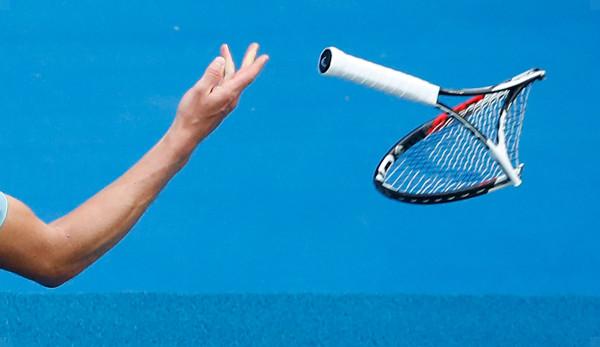


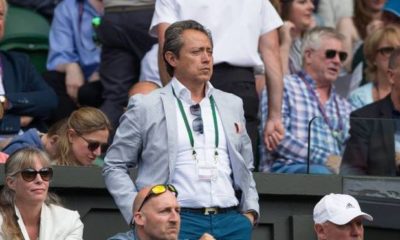

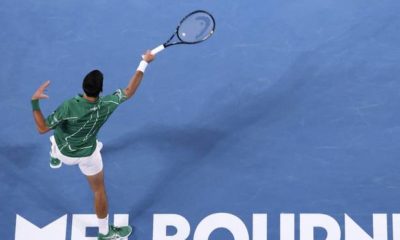
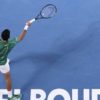
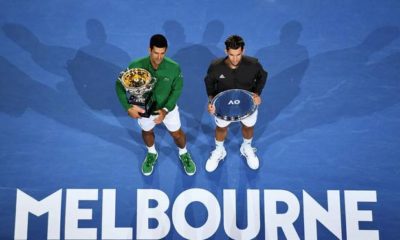



You must be logged in to post a comment Login